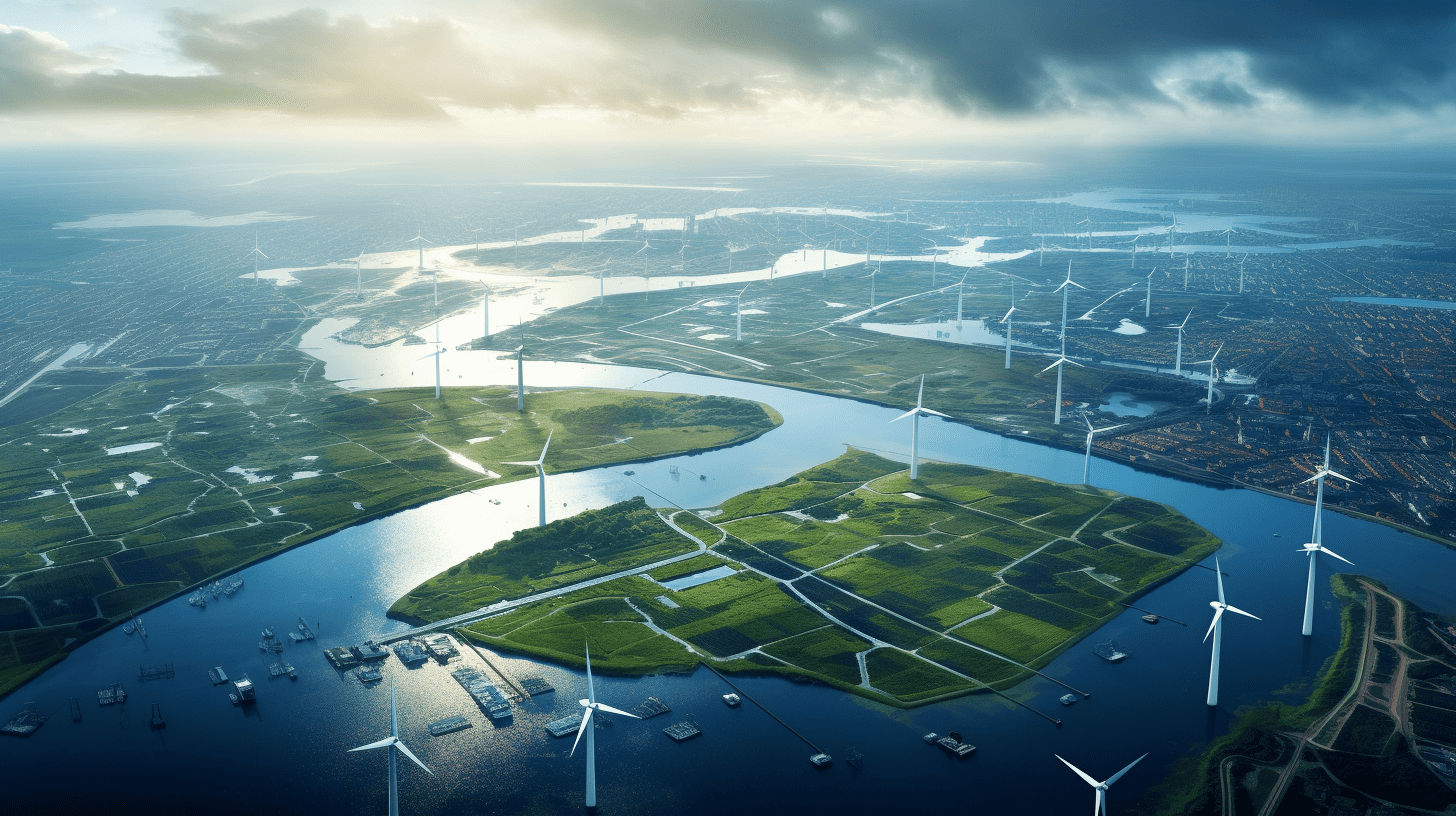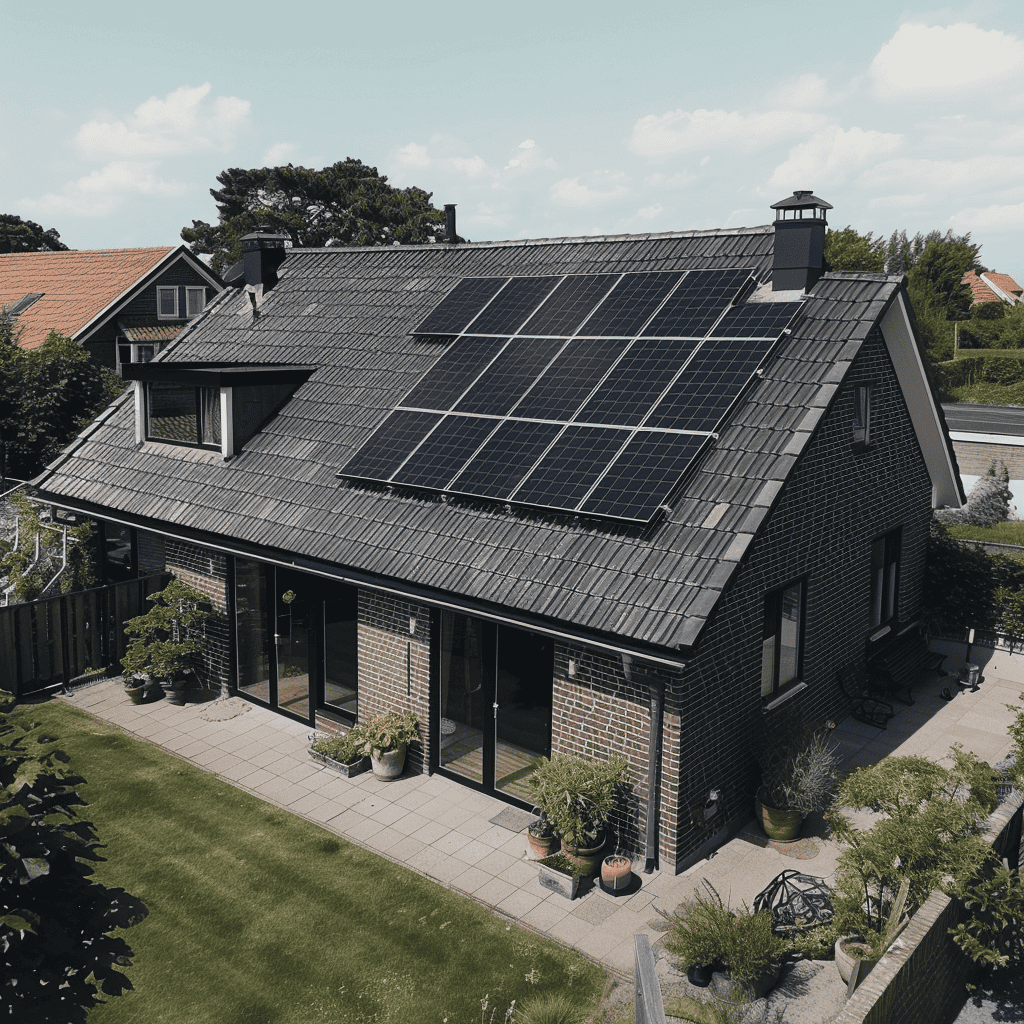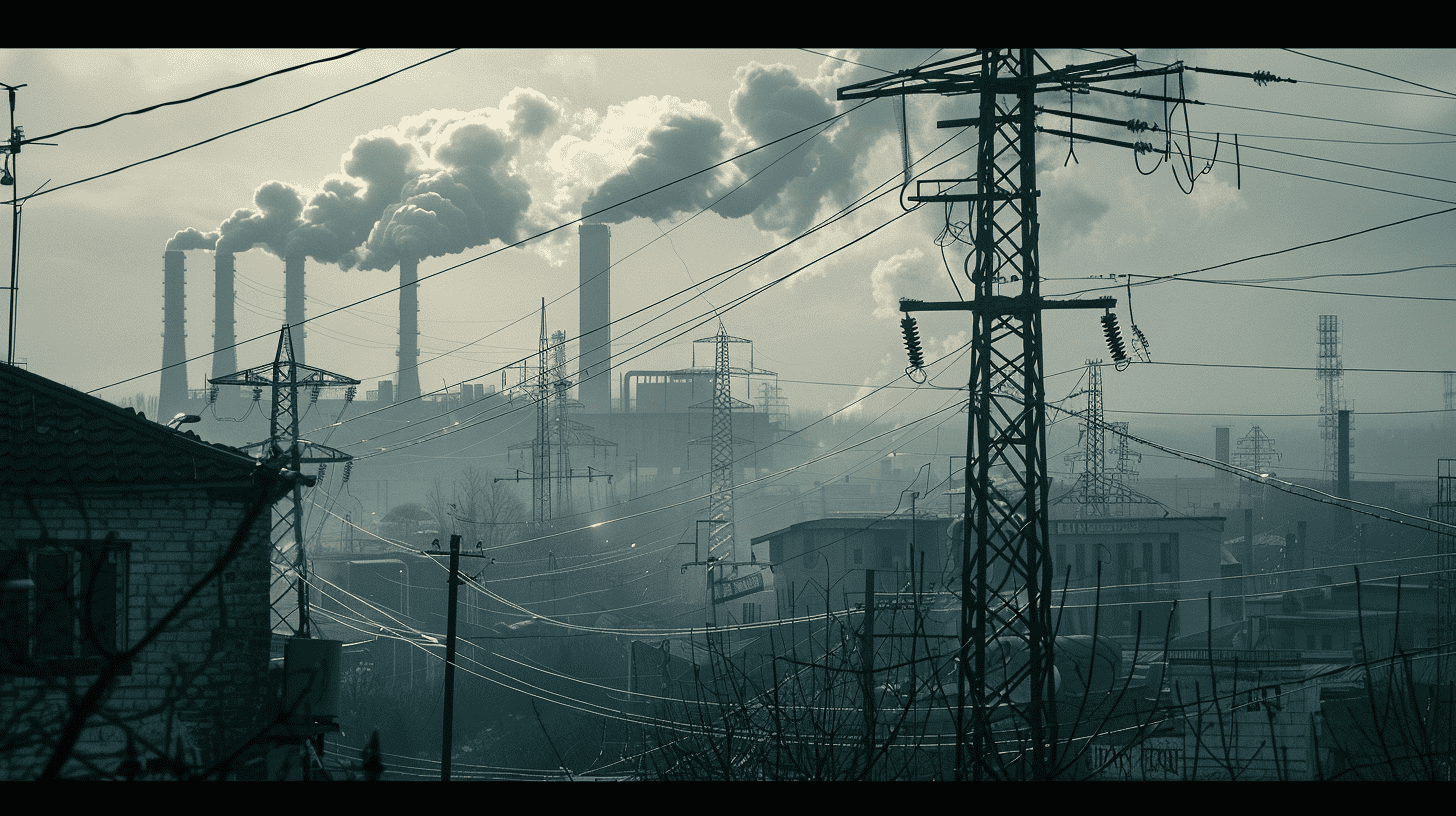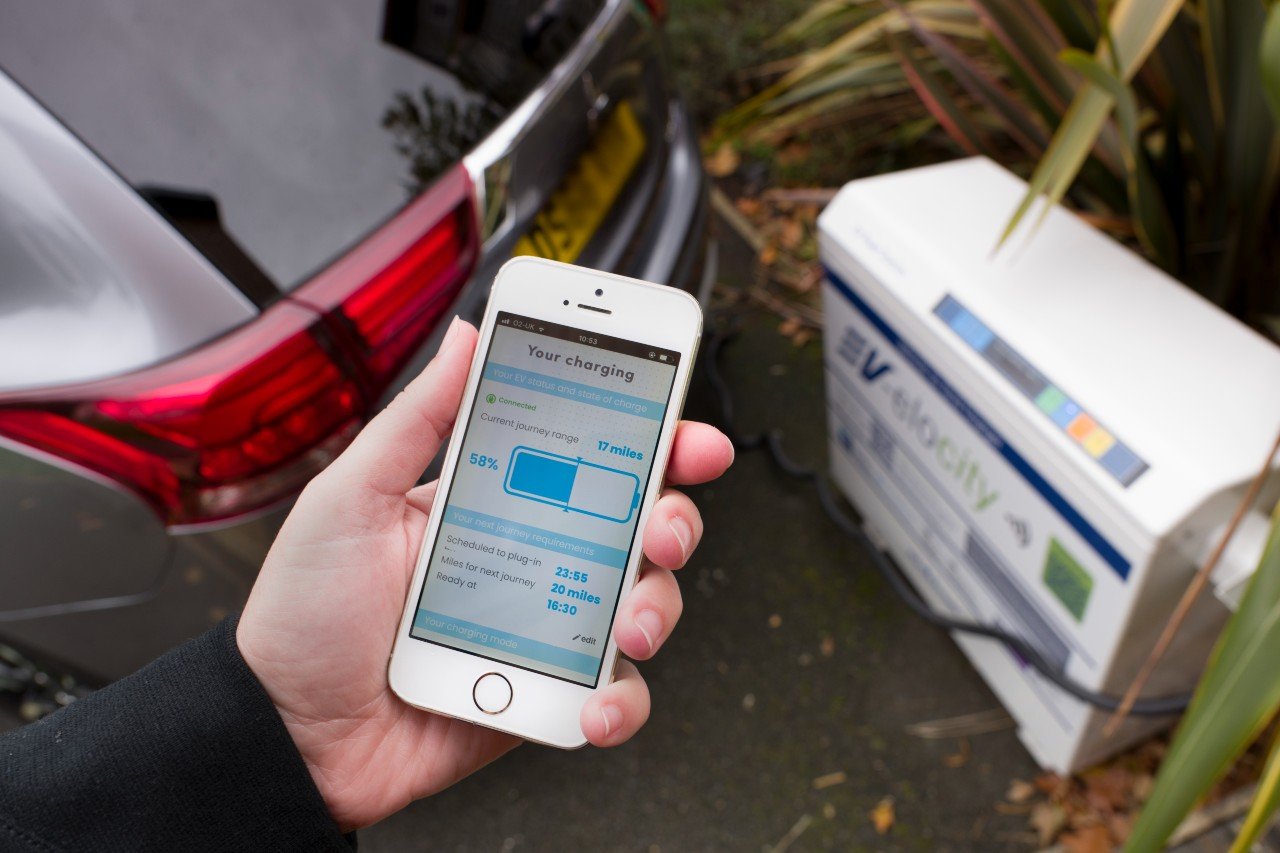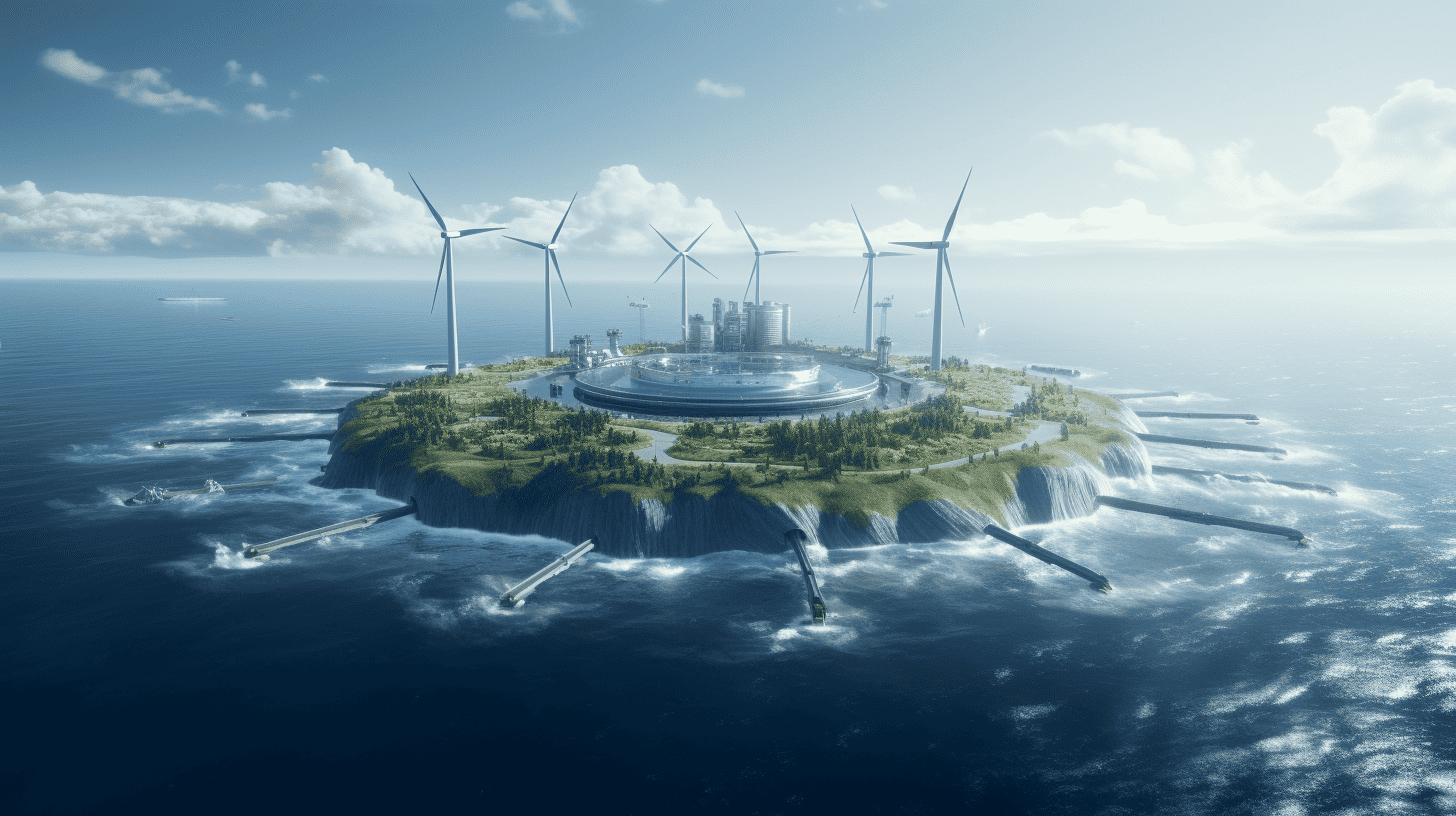
The Netherlands wants to increase renewable electricity production, mainly from wind and solar power, to 70% of its electricity supply by 2030. One solution is integrating hydrogen into the energy system to stabilize the electricity grid with high volumes, for example, by producing hydrogen from offshore wind energy.
- To keep the electricity grid stable with higher volumes, the integration of hydrogen may be an option.
- Linking offshore wind energy to green hydrogen production is expected to help the energy transition.
- In FlexH2, Shell, TNO, and others want to work on integrated wind-to-hydrogen designs.
Integrating large amounts of variable, renewable energy requires a new holistic energy system design. It also requires technological innovations that prevent huge fluctuations in supply.
Ten leading partners are joining forces to accelerate the scale-up of green hydrogen production from offshore wind and its integration into the energy system. The FlexH2 consortium, led by Shell, consists of industrial partners and knowledge institutions, including TNO. They are working closely together to conduct joint research and develop new technologies.
According to Iratxe Gonzalez Aparicio of TNO, the FlexH2 project lays the foundation for new integrated wind-to-hydrogen designs. “Even before we can implement and scale up hydrogen production from offshore wind. Creating realistic business cases for hydrogen from offshore wind leads to a win-win situation for the industry’s transformation to a zero-emission energy system.”
Reducing costs
The FlexH2 project will develop innovations that significantly reduce investment costs for offshore wind energy transportation infrastructure. Wind-to-hydrogen solutions allow renewable electricity to be used directly to produce green hydrogen.
These solutions are expected to be scalable and can be used independently of a local or national power grid. TNO expects that this will shorten the time to market for the technology by 5 to 10 years. Integrating the various proposed innovations can reduce the cost of hydrogen production by at least 10% well before 2030. These proposed innovations range from innovations in the offshore wind turbine to innovations in transportation and delivery of power to an onshore electrolyzer.
New production concept
The FlexH2 project will design a new offshore wind-onshore hydrogen production concept. Partners in the project aim to achieve higher efficiency and more flexibility in the energy system.
Improved transformers will also be designed for power conversion between the medium-voltage alternating current and the electrolyzer. To verify this technology, a simulation will be done, and a small demonstration unit will also be built to test the design.

Next, the partners will conduct a full engineering system study including a newly developed system, a grid-friendly wind farm, and a semiconductor transformer. In the final step, a conceptual design of the FlexH2 concept will be designed and developed. The behavior of the wind turbine will also be simulated in a lab environment.



